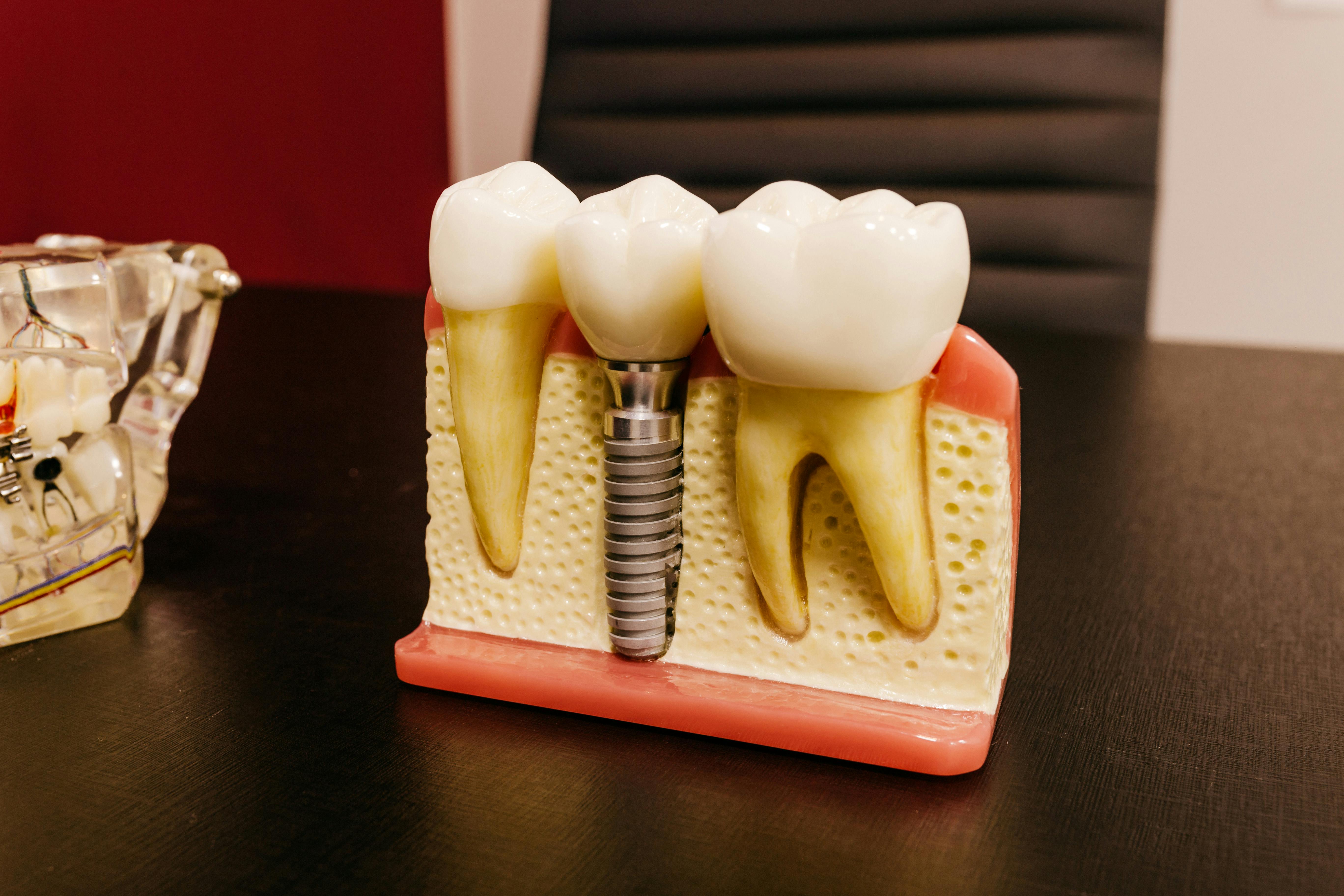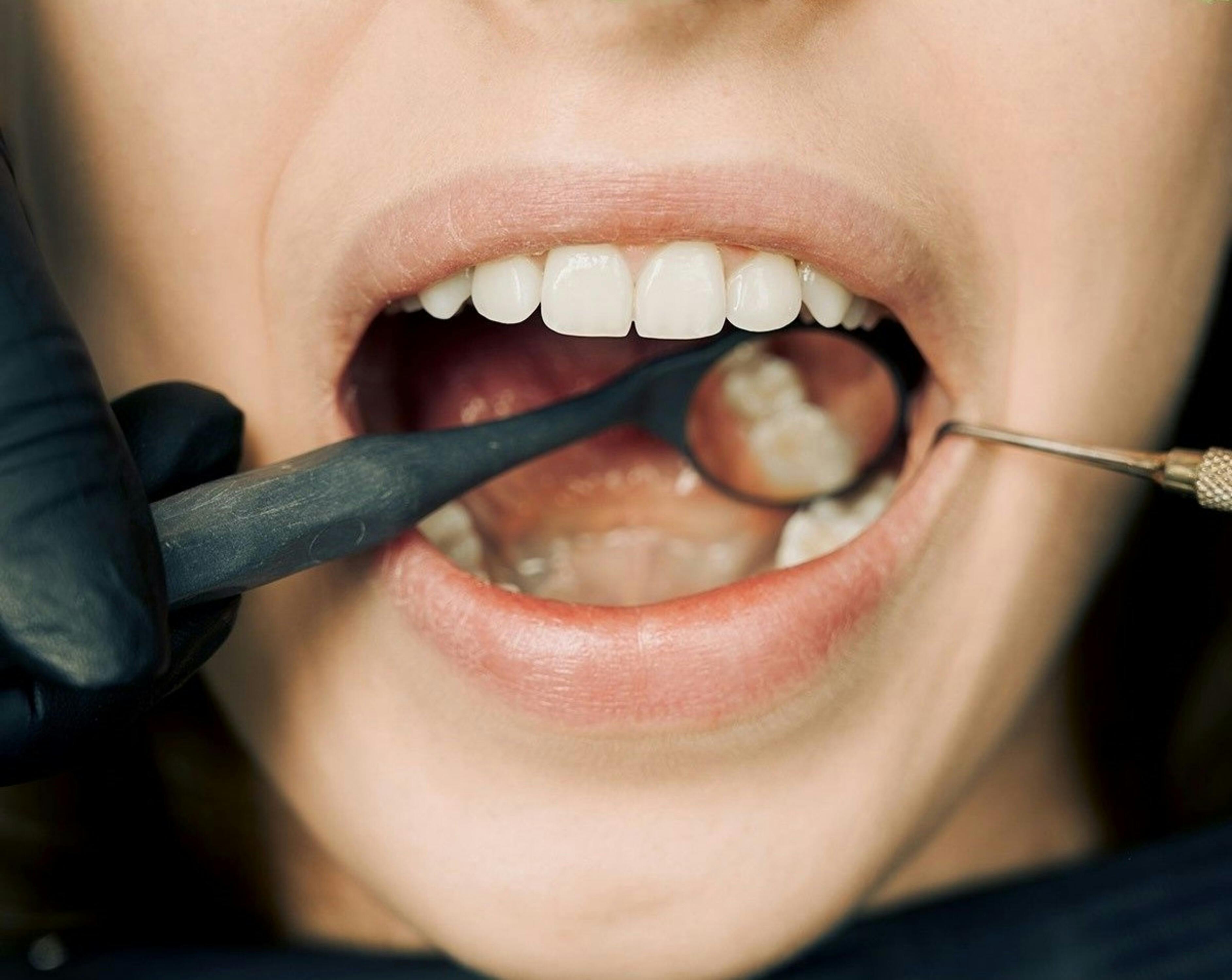Chewing gum is a popular habit that most people take part in, but it can sometimes leave us with the annoying consequence of it sticking to our teeth. Have you ever wondered why this happens? In this article, we’ll explore why gum sticks to our teeth and how we can avoid it.Gum sticks to teeth because of a process called intermolecular adhesion. This process occurs when the molecules in the gum interact with the molecules in the saliva on your teeth, forming a bond that holds them together. Additionally, when you chew gum, it creates friction between your teeth and the gum, which helps it stick even better.
What Ingredients Are In Gum?
Chewing gum typically consists of a base of polymers, flavorings, softeners, and other ingredients. The base of the gum is usually a combination of polyvinyl acetate (PVA), plasticizers, and elastomers. PVA is the main ingredient that gives the gum its chewiness. Plasticizers are added to give the gum flexibility and help it retain its shape when chewed. Elastomers are added to provide elasticity and allow the gum to stretch without breaking.
Flavorings are used to give the gum its distinctive taste and smell. Most chewing gums contain artificial flavors, but some have natural flavoring agents like peppermint oil or spearmint oil. Softeners such as glycerin or sorbitol are also added to make the gum softer and more pleasant to chew.
In addition to these core ingredients, some gums also contain fillers such as calcium carbonate or talc to add bulk and provide texture. Colorants may also be added for aesthetic purposes. Finally, preservatives may be used to extend shelf life and prevent bacteria from growing on the gum.
Does Chewing Sugar-Free Gum Help?
Chewing sugar-free gum has been touted as a way to help improve oral health, reduce cravings for sugary snacks, and even aid in weight loss. But does sugar-free gum really have any health benefits?
The most obvious benefit of chewing sugar-free gum is that it can help reduce the risk of cavities. Since it does not contain any sugar, it cannot be broken down by the bacteria in your mouth, which is what leads to tooth decay and cavities. Additionally, many brands of sugar-free gum contain artificial sweeteners that stimulate saliva production, which helps to wash away food particles and bacteria from your teeth.
Chewing sugar-free gum may also help with weight loss by reducing cravings for unhealthy snacks. The act of chewing itself can help suppress hunger, while the sweet flavors of the gum can help satisfy cravings for sweets without adding calories or sugar. However, it’s important to note that chewing sugar-free gum should not be used as a substitute for healthy meals or snacks.
In addition to helping with oral health and weight control, chewing sugar-free gum may also have other benefits. Research has shown that the act of chewing itself can increase alertness and focus and may even improve memory. Chewing also helps relieve stress by calming the mind and body.
Overall, there are some potential benefits to chewing sugar-free gum but it’s important to remember that it should not be used as a substitute for healthy eating habits or regular oral hygiene practices such as brushing and flossing regularly. Additionally, if you are pregnant or breastfeeding you should consult your doctor before using any type of artificial sweetener.
Can Sugary Treats Make Sticky Teeth Worse?
Yes, sugary treats can make sticky teeth worse. When you eat sugary foods, bacteria in your mouth break down the sugar into acid. The acid then attacks the enamel on your teeth and can cause it to become weak or sticky. This makes it easier for plaque and tartar to build up on your teeth, leading to cavities and gum disease.
The stickiness of your teeth can also be affected by the amount of sugar you eat. Eating too much sugar in a short period of time can cause your teeth to become more sticky than normal. This is because the bacteria will be able to break down more of the sugar in one go, causing more acid to build up on your teeth.
It’s important to remember that not all sugary treats are bad for your teeth. Some foods, such as fruits and vegetables, contain natural sugars that are not as harmful as processed sugars found in candy and other sweets. Eating a balanced diet that contains plenty of fresh fruits and vegetables is a great way to keep your teeth healthy and prevent them from becoming sticky.
It’s also important to remember that brushing and flossing regularly is essential for good oral health. Brushing twice a day and flossing once a day will help remove plaque and tartar buildup from your teeth and help keep them free from stickiness. Additionally, regular visits to the dentist will help ensure that any problems with stickiness are identified early and treated promptly.
What Is Plaque?
Plaque is a sticky film of bacteria that accumulates on the teeth and gums. It is a major cause of tooth decay and gum disease, as it contains acids which can erode the enamel on teeth. Plaque can also irritate the gums, causing them to become red, swollen, and more prone to bleeding. If plaque is not removed through regular brushing and flossing, it hardens into tartar, which is much harder to remove and can cause further damage to the teeth and gums.
How Does Plaque Affect Gum Sticking to Teeth?
When plaque builds up between the teeth and gums, it can create an uneven surface which can make it difficult for the gum tissue to attach properly. This can lead to pockets of bacteria forming, which can cause infection in the gum tissue and further inflammation around the tooth. If left untreated, this can eventually lead to the gum tissue receding from the tooth and creating gaps between them.

Is There a Way to Prevent Sticky Teeth From Chewing Gum?
Chewing gum is an enjoyable activity for many people, but it can also leave behind an unpleasant sticky feeling on the teeth. Fortunately, there are some simple steps that can be taken to prevent this stickiness from occurring.
The first step is to chew sugar-free gum. Sugar-free gum is less likely to cause stickiness as it does not contain the same type of sugar as regular gum. Additionally, sugar-free gum can help to prevent cavities, which makes it a healthier choice overall.
Another way to reduce the stickiness of chewing gum is to avoid chewing for too long at a time. Chewing the same piece of gum for extended periods can cause it to stick more easily. Instead, chew for short bursts and then discard the piece of gum when done. This will help keep your teeth clean and free from sticky residue.
Lastly, brushing and flossing regularly will help keep your teeth free from sticky buildup caused by chewing gum. Brushing your teeth twice daily with fluoride toothpaste is recommended by dentists in order to remove food particles and plaque buildup that can lead to sticky residue on the teeth. Additionally, flossing at least once per day will help remove any stuck pieces of food or bacteria that could be causing the stickiness on your teeth.
By following these simple steps, you can enjoy the pleasure of chewing gum without worrying about having sticky teeth afterward!
Home Remedies to Remove Stuck-on Gum From Teeth
Gum stuck in teeth can be an embarrassing and annoying problem, but luckily there are some home remedies that can help. One of the most common methods is to use peanut butter or vegetable oil to remove the gum from the teeth. Simply apply a small amount of either onto the gum and then gently brush it away with a toothbrush. Additionally, using a mixture of baking soda and water can help loosen the gum, making it easier to remove.
Another remedy is to use a combination of salt and water as a paste and apply it directly onto the gum. This method works best if left on for several minutes, allowing the salt to dissolve the gum before brushing it off. Apple cider vinegar is also an effective remedy as it helps break down the sticky substance and dissolve it away from teeth.
Finally, one of the best home remedies for removing stuck-on gum is dental floss. This method requires patience but works well for getting into small crevices between teeth or below braces where other methods may not reach as effectively. Simply move the dental floss back and forth between your teeth until all of the gum is gone.
Overall, there are many different home remedies that can help remove stuck-on gum from teeth with minimal effort and cost. It’s important to remember that prevention is key when it comes to avoiding gum sticking in your mouth in the first place!
Are There Professional Treatments for Removing Stuck-on Gum from Teeth?
Yes, there are professional treatments available for removing stuck-on gum from teeth. Dentists are trained to remove gum quickly and safely without damaging the teeth or the gums. These treatments involve using special tools to break up the gum and then remove it from the teeth with a dental pick or other instrument. The dentist may also use an ultrasonic device to help break up the gum and then use a dental pick to remove it.
Once the gum has been removed, the dentist may recommend a fluoride rinse or other treatment to help prevent further buildup of plaque and tartar. If there is any damage or decay caused by the stuck-on gum, the dentist may recommend a filling or other restoration procedure.
In some cases, it may be necessary to use a laser to remove stubborn pieces of stuck-on gum. Lasers can help dissolve hard-to-reach pieces of gum that cannot be removed with traditional instruments. Lasers can also help clean between teeth where traditional instruments cannot reach.
It is important to note that these professional treatments can be expensive, so it is best to try home remedies first before seeking professional treatment. Home remedies such as flossing and brushing regularly can help prevent buildup of plaque and tartar that can cause stuck-on gum in the first place. Additionally, avoiding sugary foods and drinks will also reduce your risk of developing stuck-on gum on your teeth.

Conclusion
Gum sticking to teeth is an unpleasant experience, but it’s easy to prevent or remove. Chewing sugar-free gum can help reduce the amount of plaque on the teeth, and brushing and flossing regularly can help keep gum from sticking. When gum does stick to the teeth, using dental floss or a toothbrush to gently remove it can help. Understanding why gum sticks to teeth can help people make better decisions about their oral health habits and prevent sticky situations.
Overall, it is important to remember that reducing sugar intake and taking good care of your oral health are the best ways to keep gum from sticking to your teeth. Taking small steps like these can ensure you have a healthy smile for years to come.
